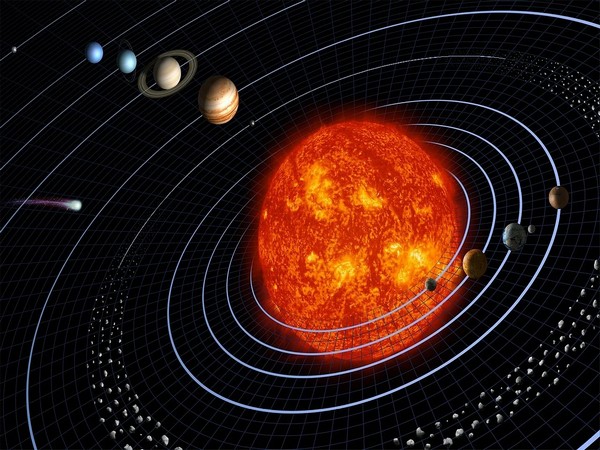A terrestial planet that could wipe out life on Earth

A new experiment carried out by UC Riverside astrophysicist demonstrates that a terrestrial planet between Mars and Jupiter could eject Earth from the solar system and wipe out life on the only known habitable planet in the Universe.
Stephen Kane, an astrophysicist at UCR, explained that his study aimed at addressing two significant gaps in the field of planetary science, with the first being the absence of intermediate planets between the sizes of terrestrial and giant gas planets in our solar system.
Another gap that Kane aimed to address in his study is in location, relative to the sun, between Mars and Jupiter. To fill these gaps, he ran dynamic computer simulations of a planet between Mars and Jupiter with a range of different masses and then observed the effects on the orbits of all other planets.
"This fictional planet gives a nudge to Jupiter that is just enough to destabilize everything else. Despite many astronomers having wished for this extra planet, it's a good thing we don't have it," Kane noted.
With its massive size and 318 times the mass of Earth, Jupiter exerts a profound gravitational influence on the solar system. According to Kane, if any celestial object, such as a passing star or a super-Earth within our solar system, were to disrupt the gas giant even slightly, it would have a significant impact on all other planets.
The presence of a super-Earth, depending on its mass and precise location within the solar system, could be significant. It may not only eject Mercury and Venus from the solar system but also Earth. It would change the shape of our planet's orbit, making it far less habitable than it is today, if not wiping out life entirely.
Additionally, the super-Earth could destabilize the orbits of Uranus and Neptune, hurtling them into outer space.
Further, Kane observed that reducing the super-Earth's mass and positioning it between Mars and Jupiter could lead to its long-term stability. However, he warned that even small moves in any direction things could have dire consequences.
"Our solar system is more finely tuned than I appreciated before. It all works like intricate clock gears. Throw more gears into the mix and it all breaks," Kane concluded.
- READ MORE ON:
- Solar System
- super-Earth










